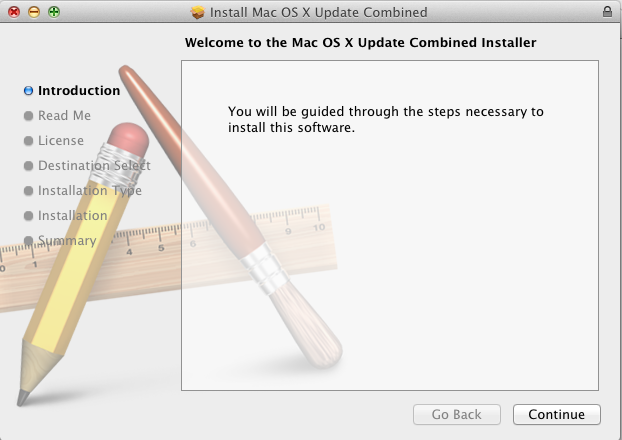

This kext is also recommended to have during the macOS install process so you can use those USB 3 ports and flash drives. XHCI-200-series-injector.kext – Enables USB 3 device detection and USB 3 speeds on Kaby Lake motherboards. USBInjectAll.kext – Injects all USB ports I recommend those users use v1.0.0, instead of the latest version. Some Gigabyte motherboards have trouble with some versions of Lilu.kext breaking audio. Lilu.kext – Arbitrary kext that is required other kexts to work like AppleALC.kext & NvidiaGraphicsFixup.kext.
#Amd multibeast download#
When you download FakeSMC the folder will also contain Sensor kexts that you can use to monitor your hackintosh read about that here : HWMonitor Sensor Guide These two kexts you should always have in your EFI partition.įakeSMC.kext – Mantatory kext that emulates a Mac and is required to boot a hackintosh. If not you can place non-required kexts in /System/Library/Extensions.If using the Clover method I like to stuff my kexts in /EFI/CLOVER/kexts/Other.
#Amd multibeast update#
You may eventually need to update your kext files when new versions of macOS comes out for continued support. NOTE: EasyBeast, and UserDSDT install Chameleon RC4 by default, so you’ll not need to check that option.This contains a list of the kext files I use for my hackintosh.
#Amd multibeast drivers#
Optionally, you may install further drivers via Advanced Options to enable ethernet, sound, graphics, etc… Be sure to read the documentation provided about each installation option.If you have a custom DSDT that’s been edited, place the file on your desktop and choose UserDSDT.HINT: Check the DSDT Database for a pre-edited DSDT. Audio, Graphics and Network will have to be enabled separately. Place your DSDT.aml on the desktop before install. UserDSDT is a bare-minimum solution for those who have their own pre-edited DSDT. It installs all of the essentials to allow your system to boot from the hard drive. In addition it includes System Utilities to rebuild caches and repair permissions and a collection of drivers, boot loaders, boot time config files and handy software.Ĭhoose one of the following options directly following a fresh installation and update:ĮasyBeast is a DSDT-free solution for any Core/Core2/Core i system. It contains two different complete post-installation solutions: EasyBeast and UserDSDT. MultiBeast is an all-in-one post-installation tool designed to enable boot from hard drive, and install support for Audio, Network, and Graphics. It’s not difficult- the only thing I did on my Gigabyte board besides setting Boot Priority to CD/DVD first was set Optimized Defaults, change SATA to AHCI mode, and set HPET to 64-bit mode. Make sure your bios settings match these. This is the most important step, and one many people overlook.

You will need to set your BIOS to ACHI mode and your Boot Priority to boot from CD-ROM first.


 0 kommentar(er)
0 kommentar(er)
